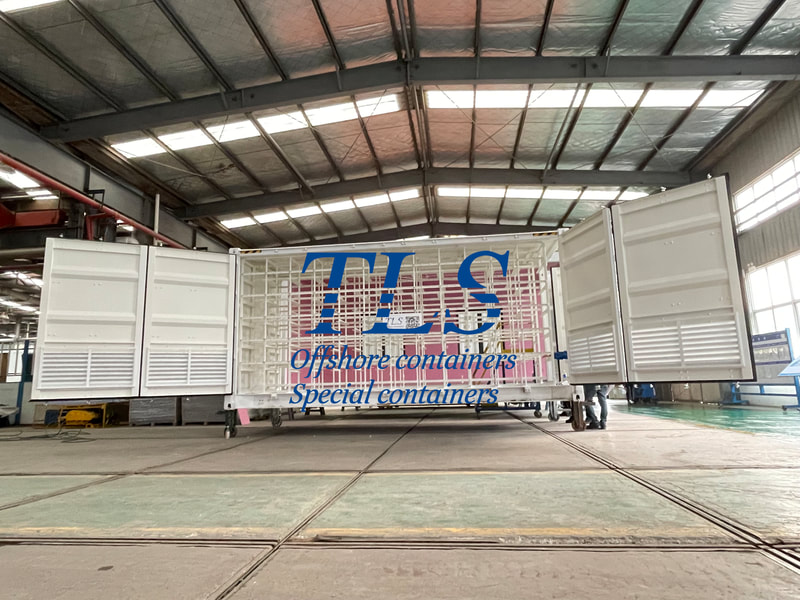|
Energy storage containers are portable energy storage devices that are often used for power backup. The thermal dissipation of energy storage batteries is a critical factor in determining their performance, safety, and lifetime. To maintain the temperature within the container at the normal operating temperature of the battery, current energy storage containers have two main heat dissipation structures: air cooling and liquid cooling. Air cooling systems use air as a cooling medium, which exchanges heat through convection to reduce the temperature of the battery. The air-cooled system has the advantage of being simple in construction, easy to maintain, and low in cost. However, air has a low specific heat capacity and a low thermal conductivity, which makes it less suitable for applications with high heat production rates. It is important to note that in certain environments, air-cooled systems may not be able to dissipate heat efficiently, which may lead to system failure. Liquid cooling systems use a liquid as a cooling medium, which carries away the heat generated by the battery through convective heat exchange. The structural form of a liquid cooling system is one or more bent water pipes buried within an enclosure wall. When in use, the inlet and outlet of the pipe connect to an external circulating water supply system. The circulating water supply system sends cold water to the pipes and flows through them. The cold water flowing along the pipe absorbs the heat from the wall, which is dissipated by the battery. Then, the cold water heats up, and the heated water returns from the outlet of the pipe to the circulating water supply system. Compared to air cooling, liquid cooling is generally more effective at dissipating high amounts of heat, and can provide more precise temperature control. Liquid cooling systems are also suitable for systems that need to operate in harsh or contaminated environments. However, liquid cooling systems are typically more complex, expensive, and require more maintenance compared to air cooling. It is important to consider these factors when choosing between air and liquid cooling systems. The choice of energy storage temperature control technology is the result of a comprehensive consideration of factors such as safety, economy, battery pack design, and the environment in which it is located, rather than a simple consideration of cooling performance. Therefore, it is important to evaluate the specific application requirements, including the expected heat generation rate, operating environment, temperature control requirements, and cost constraints, before making a decision on the cooling system to use. Overall, the selection of the appropriate cooling system for an energy storage system is crucial for its performance, safety, and lifetime. Careful consideration of the system's requirements and constraints is essential to make an informed decision on the cooling system to use. Please download Energy Storage System (ESS) Containers brochure for reference. Written by OliverComments are closed.
|
Archives
July 2024
Categories
All
|
- Home
-
Containerised solutions
- Intelligent pressurised container | MUD logging cabin
- Battery energy storage system (BESS) container
- Flexible grid tied battery storage system
- Laboratory container | workshop container | Equipment containers
- Temporary refuge shelter | Toxic gas refuge | Safe haven
- Offshore accommodation cabin | office container
- Reefer container | Refrigerated container
- Intelligent waste water treatment container
- Fresh water generator container
- Cargo Containers
- Product photos & videos
- News & Blogs
- Contact us
|
Featured products
Intelligent pressurised container Temporary refuge (TR) shelter, toxic gas refuge (TGR) Battery energy storage system (BESS) container Containerised waste water treatment plant Fresh water generator container Reefer container Laboratory container, Workshop container Accommodation container Offshore closed container |
All Rights Reserved 2020 © TLS Offshore Containers / TLS Energy
|


